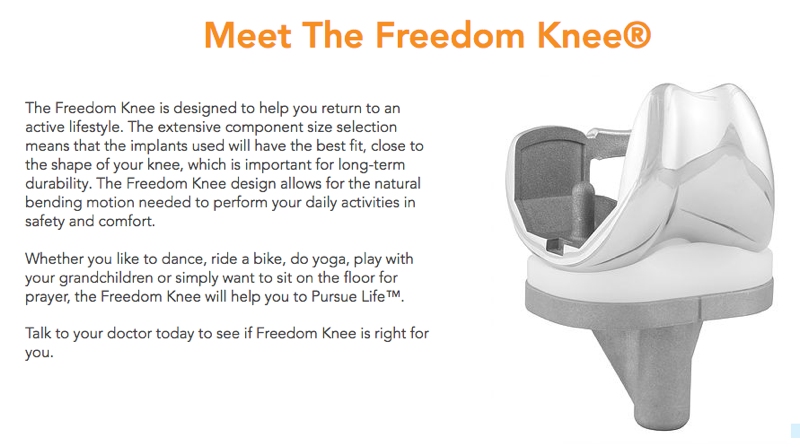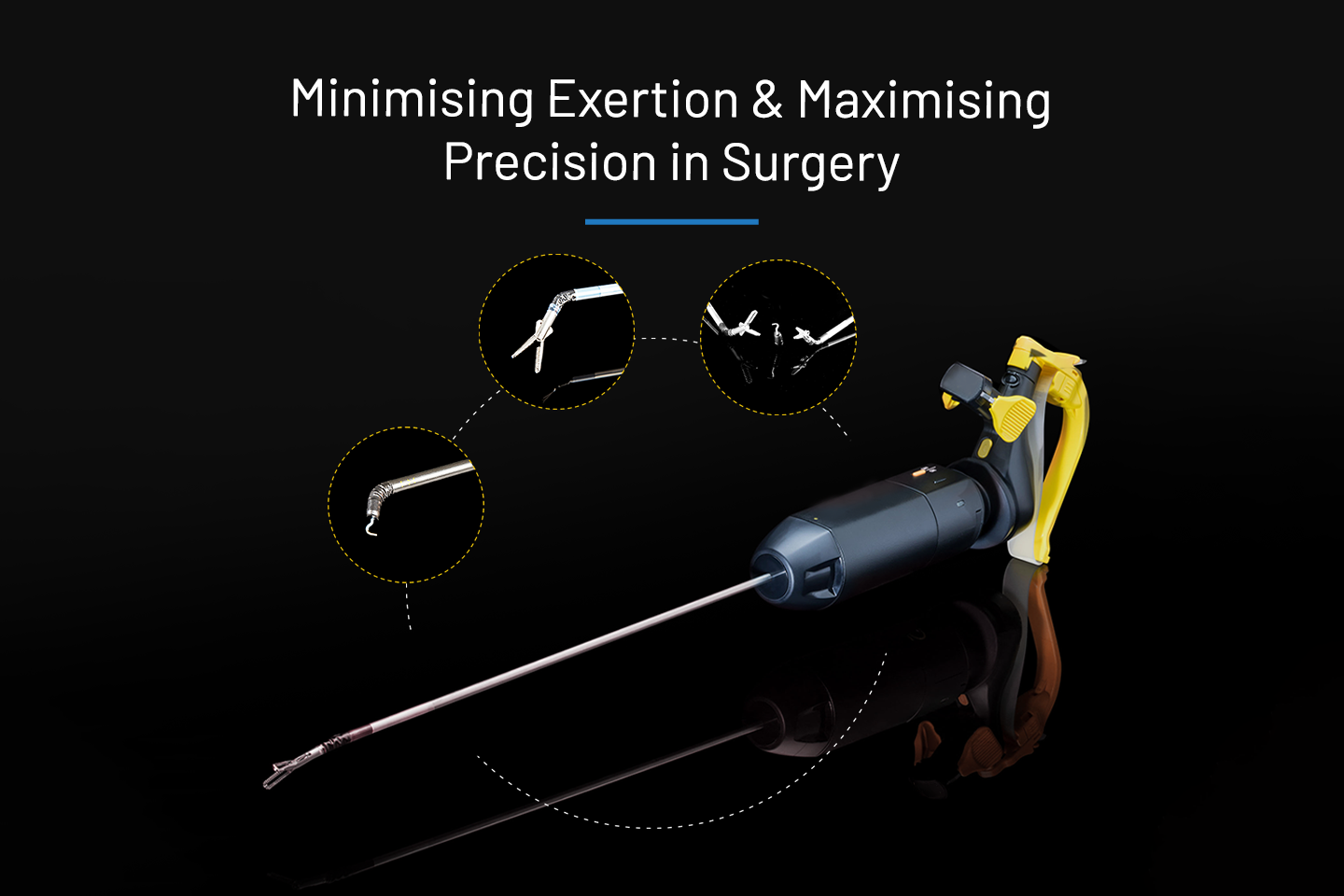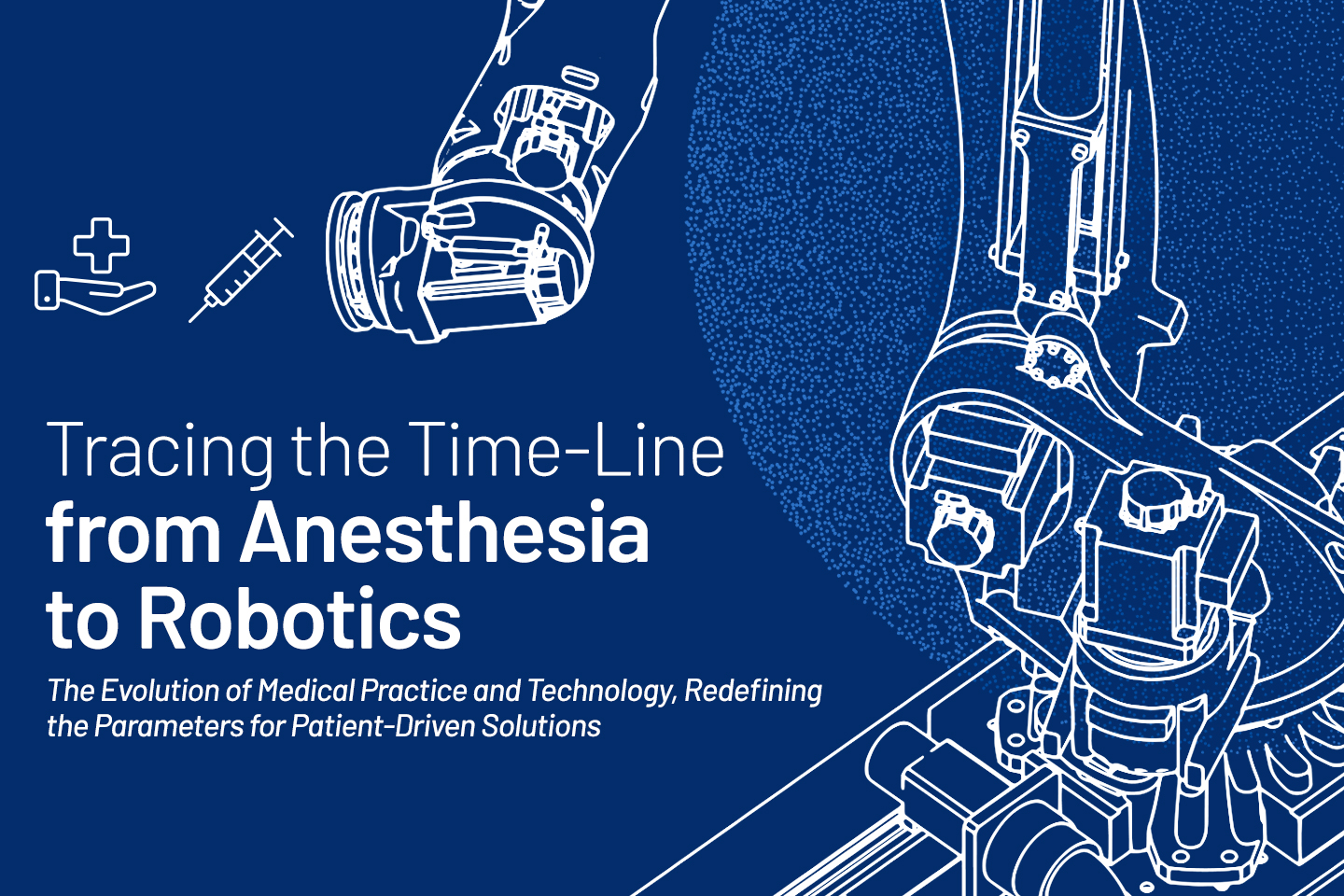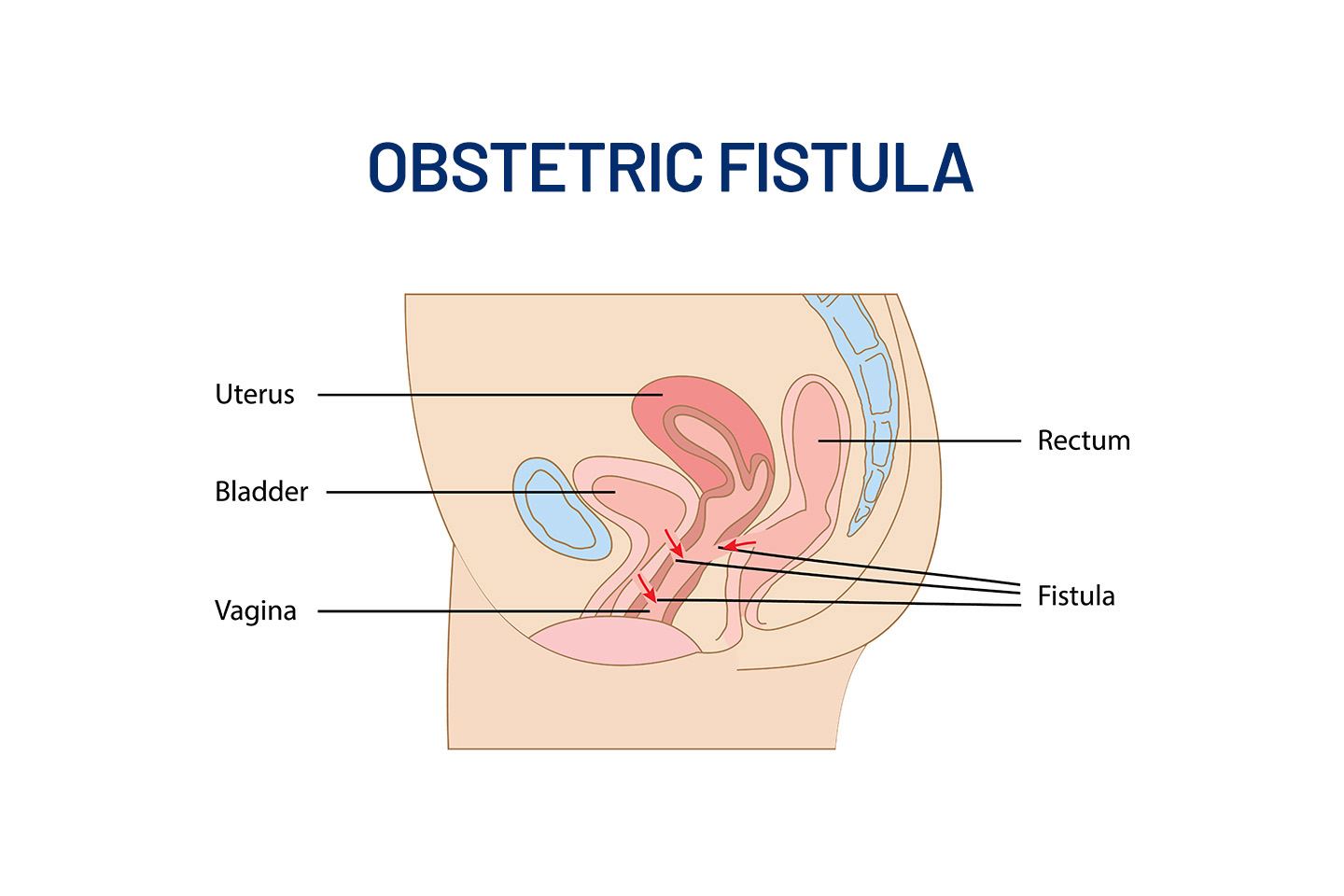Medical Devices
What Is Knee Replacement?

About Knee Joints
The knee is human body's largest joint and their healthy maintenance is required to perform most of everyday activities, easily. The knee is made up of the lower end of the thighbone (femur), the upper end of the shinbone (tibia), and the kneecap (patella). The ends of these three bones where they meet are covered with articular cartilage, a smooth substance that protects the bones and enables them to move easily. The menisci are C-shaped wedges located between the femur and tibia. These act as "shock absorbers" that cushion the joint.
Large ligaments hold the femur and tibia together and provide stability whereas, the long thigh muscles provide strength to the knee. All remaining surfaces of the knee are covered by a thin lining called the synovial membrane. This membrane releases a fluid that lubricates the cartilage, reducing friction to nearly zero in a healthy knee.
Normally, all of these components work in harmony. But disease or injury can disrupt this harmony, resulting in pain, muscle weakness, and reduced function. The most common disease responsible for disrupting the harmony and causing chronic knee pain and disability is arthritis.
Types of Arthritis
Although there are many types of arthritis, mostly knee pain is caused by just three types: osteoarthritis, rheumatoid arthritis, and post-traumatic arthritis. Osteoarthritis is an age-related "wear and tear" type of arthritis. It usually occurs in people 50 years of age and older, but may occur in younger people, too. In this type of arthritis, the cartilage that cushions the bones of the knee softens and wears away.

The bones then rub against one another, causing knee pain and stiffness. Rheumatoid arthritis is a disease in which the synovial membrane that surrounds the joint becomes inflamed and thickened. This chronic inflammation can damage the cartilage and eventually cause cartilage loss, pain, and stiffness. Rheumatoid arthritis is the most common form of a group of disorders termed "inflammatory arthritis."
Post-traumatic arthritis is a type of arthritis that can follow a serious knee injury. Fractures of the bones surrounding the knee or tears of the knee ligaments may damage the articular cartilage over time, leading to knee pain and limiting knee function.
About Knee Replacement
Knee replacement involves the removal of your damaged knee joint (due to arthritis or injury) and replacing it with an artificial joint. This is a major surgical procedure requiring hospital admission for 2 to 3 days. A knee replacement might be more accurately termed as knee "resurfacing" because only the surface of the bones are actually replaced.
There are four basic steps to a knee replacement procedure.
- Preparation of bones: First of all, the damaged surfaces of the cartilage at the ends of the thighbone and the shinbone are removed along with a small portion of bone lying beneath the surface.
- Positioning of the artificial implant: The cartilage and the bone which have been taken out are now replaced with artificial metallic components reforming. These artificial components can either be glued to the joint's surface using a cement or simply "press-fit" into the bone.
- Resurfacing the kneecap: This step involves the cutting of the inner surface of the kneecap and resurfacing it by using a plastic button. Not all surgeons will resurface the kneecap as per the patient's condition.
- Inserting the spacer: A spacer composed from medical grade plastic is then placed in the middle of the metallic parts for facilitating a friction-free movement.





